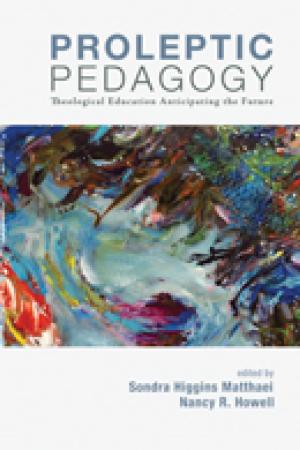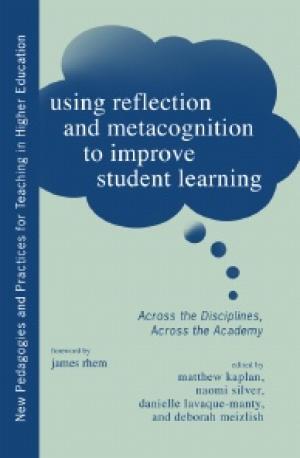Resources
A short essay on different modes of knowledge - intellectual, intuitive, affective, and somatic - that can be used to represent and examine texts in the context of a given course. Mark Unno teaches East Asian Religions at the University of Oregon. 
Video. Short FAQ  in which Daniel Willingham (Professor of Psychology at the University of Virginia) lays out the case against “Learning Styles” theory. With links to research papers and a YouTube video.

Click Here for Book Review Abstract: Could we have imagined how much theological education would change in the new millennium? Shifting needs of students, classrooms, and churches have demanded constant revisions of the curriculum, course design, classroom technology, and pedagogical strategies. Saint Paul School of Theology felt the tide of change within our own walls and designed a project called "Proleptic Pedagogy" to address three distinct pedagogical challenges for the future of theological education. First, instead of fitting new technologies into old pedagogies, how are teaching and learning transformed by shifting needs of students who are "digital natives," "digital immigrants," or distance learners? Second, instead of reactive strategies, what pedagogy proactively eliminates "accommodations" because courses are designed with flexibility and openness to diverse learning styles, disabilities, and needs? Third, instead of engaging student diversity with the tools of the 1960s, what new teaching and learning strategies anticipate future student racial and ethnic demographics and interracial educational experiences? This volume of essays narrates our classroom stories, teases out pedagogical issues, examines pedagogical literature, reflects on theology of pedagogy, and constructs pedagogical proposals—with an open invitation for other theological educators to join our conversation about the future of theological education. (From the Publisher)
Preparing the way to advocate for a more "brain based" approach to diverse learners, Inglis asserts that even the creator of "multiple intelligences," Howard Garner, announced a decade ago that he was "over" the theory and that educators need to "move on."
Acknowledging that "there certainly are important abilities outside of what IQ tests measure," McGreal argues that calling these "intelligences" is unsupported by scientific warrants, and may produce needless confusion for educators. Further, he finds that such varying "intelligences" are "explainable in terms of existing concepts of personality and general intelligence."

Click Here for Book Review Abstract: Research has identified the importance of helping students develop the ability to monitor their own comprehension and to make their thinking processes explicit, and indeed demonstrates that metacognitive teaching strategies greatly improve student engagement with course material. This book -- by presenting principles that teachers in higher education can put into practice in their own classrooms -- explains how to lay the ground for this engagement, and help students become self-regulated learners actively employing metacognitive and reflective strategies in their education. Key elements include embedding metacognitive instruction in the content matter; being explicit about the usefulness of metacognitive activities to provide the incentive for students to commit to the extra effort; as well as following through consistently. Recognizing that few teachers have a deep understanding of metacognition and how it functions, and still fewer have developed methods for integrating it into their curriculum, this book offers a hands-on, user-friendly guide for implementing metacognitive and reflective pedagogy in a range of disciplines. Offering seven practitioner examples from the sciences, technology, engineering and mathematics (STEM) fields, the social sciences and the humanities, along with sample syllabi, course materials, and student examples, this volume offers a range of strategies for incorporating these pedagogical approaches in college classrooms, as well as theoretical rationales for the strategies presented. By providing successful models from courses in a broad spectrum of disciplines, the editors and contributors reassure readers that they need not reinvent the wheel or fear the unknown, but can instead adapt tested interventions that aid learning and have been shown to improve both instructor and student satisfaction and engagement. (From the Publisher)
An extensive website with multiple diagrams and links to extended presentations on the various aspects of the Bloom taxonomy of learning styles.
A 10-page article by Chip Heath and Dan Heath, drawing on their book "Made to Stick: Why Some Ideas Survive and Others Die" (Random House, 2007), focusing on concrete practices teachers can adopt to make their teaching "stickier" -- so that students retain more of what they hear.
Presentation of basic concepts of experiential learning theory informing the Kolb Learning Style Inventory, a tool designed to help individuals identify the way the learn from experience.
Looks at some of the roles that cultural context plays in developing and using various teaching and learning styles. Re-print of chapter 7 of “Teaching, Testing, and Measuring Intelligence” (University of Wisconsin Press).